Low Glycemic Carb Sources to Avoid a Sugar Crash
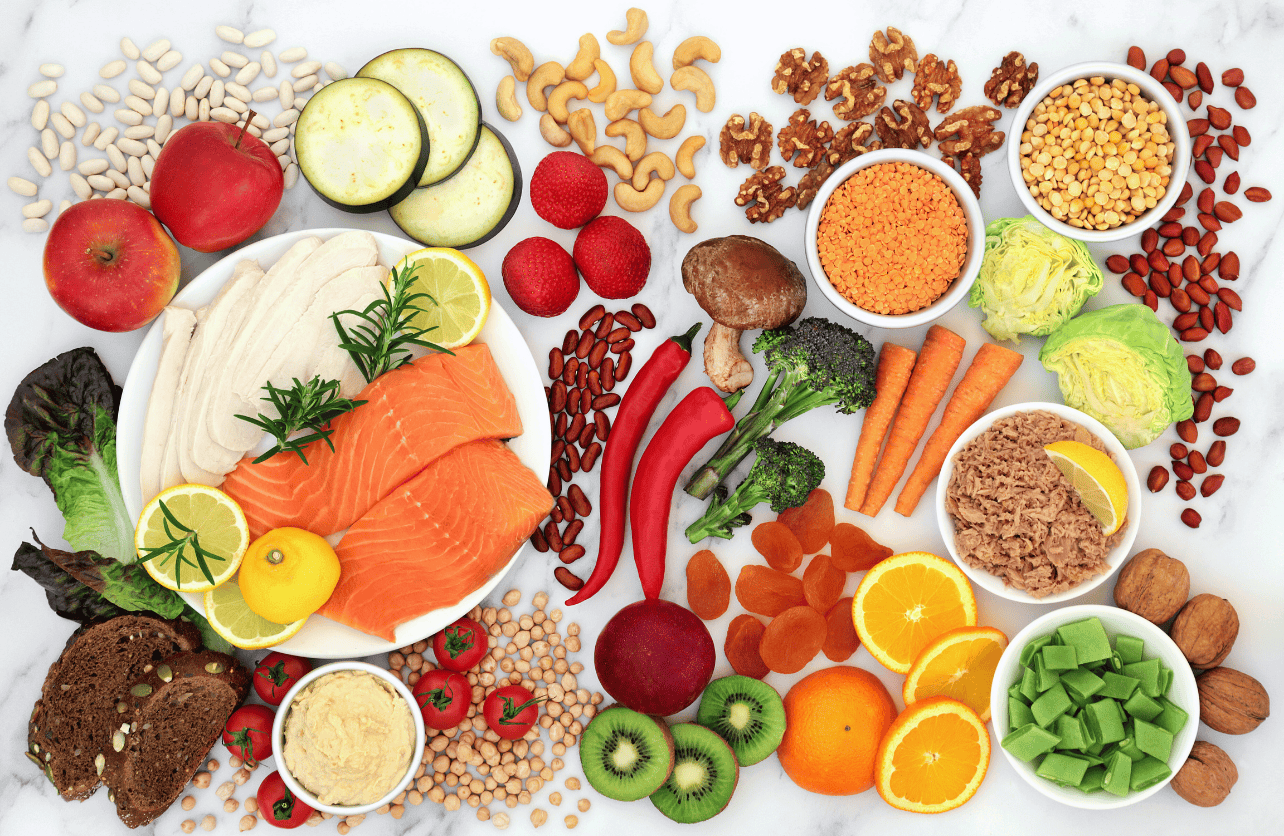
Maintaining steady energy levels throughout the day is key to avoiding that dreaded mid-afternoon crash. One of the most effective ways to manage your blood sugar is by incorporating low glycemic index (GI) carbohydrates into your meals. These types of carbs digest slowly, providing a steady release of glucose into your bloodstream rather than a quick spike followed by an inevitable slump. Let’s take a closer look at some of the best low-GI carb sources to keep your energy consistent and your cravings in check.
Why Low-GI Carbs Matter
The glycemic index measures how quickly carbohydrates in food are converted to glucose and enter your bloodstream. High-GI foods, like white bread or candy, cause a rapid blood sugar spike, leading to an insulin surge and, soon after, a crash in energy levels. Low-GI foods digest slowly, resulting in a more controlled and sustained energy release. This not only helps with energy but also supports better appetite control and can improve overall metabolic health.
Whole Grains That Keep You Going
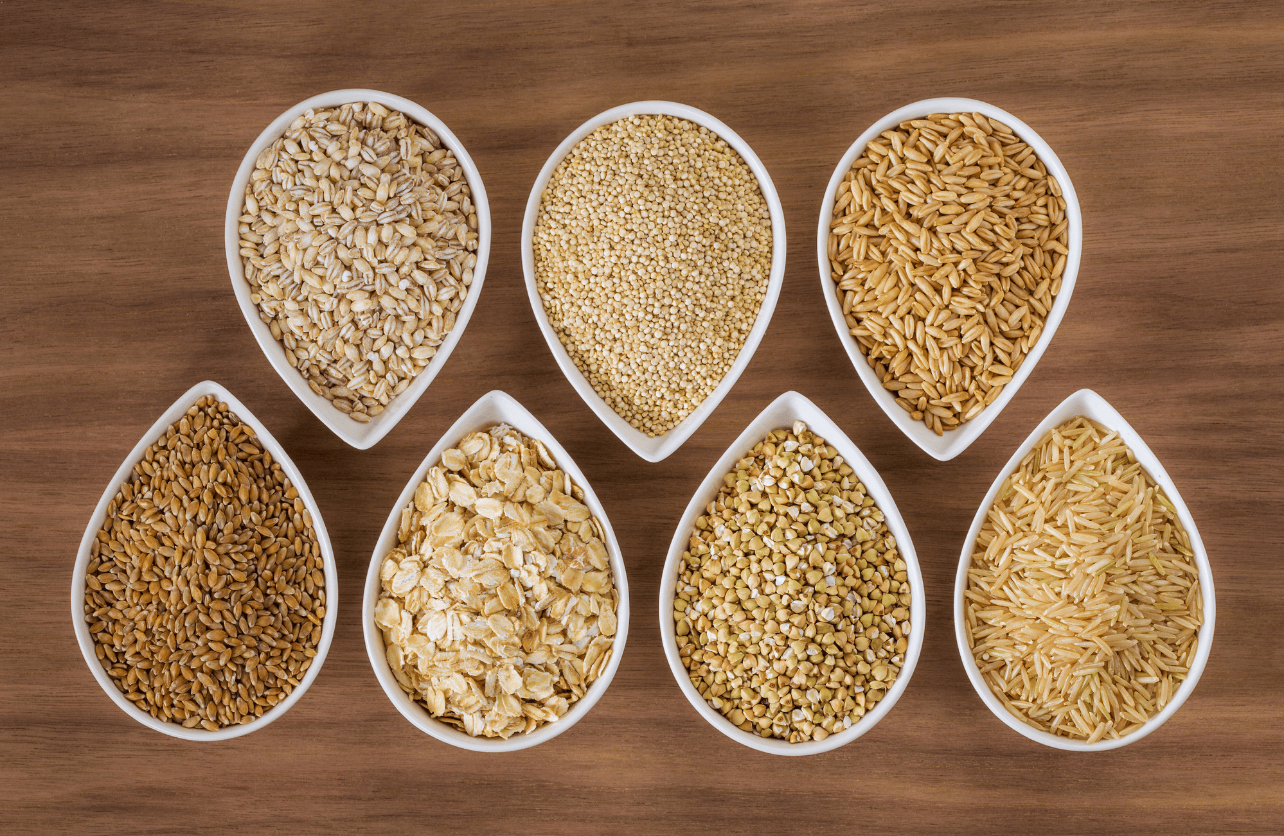
Whole grains are a foundational source of low-GI carbohydrates because they’re rich in fiber, which slows digestion.
- Steel-Cut Oats: Unlike instant oatmeal, steel-cut oats are minimally processed and have a naturally lower GI. They provide sustained energy without the sugar rollercoaster.
- Quinoa: Often considered a super grain, quinoa is technically a seed but acts like a whole grain. It’s high in fiber, protein, and low on the glycemic scale.
- Barley: Another excellent whole grain, barley contains soluble fiber which slows down glucose absorption, making it a fantastic choice for stabilizing blood sugar levels.
Legumes: Nature’s Energy Balancers

Legumes are packed with both fiber and protein, a combination that makes them a go-to low-GI carb source.
- Lentils: These tiny powerhouses digest slowly and help keep blood sugar levels steady. They’re also easy to incorporate into soups, stews, and salads.
- Chickpeas: Chickpeas, whether tossed in salads or blended into hummus, offer a filling, low-GI option.
- Black Beans: Loaded with antioxidants and fiber, black beans are not only great for digestion but also keep blood glucose levels in check.
Vegetables That Won’t Spike Your Sugar
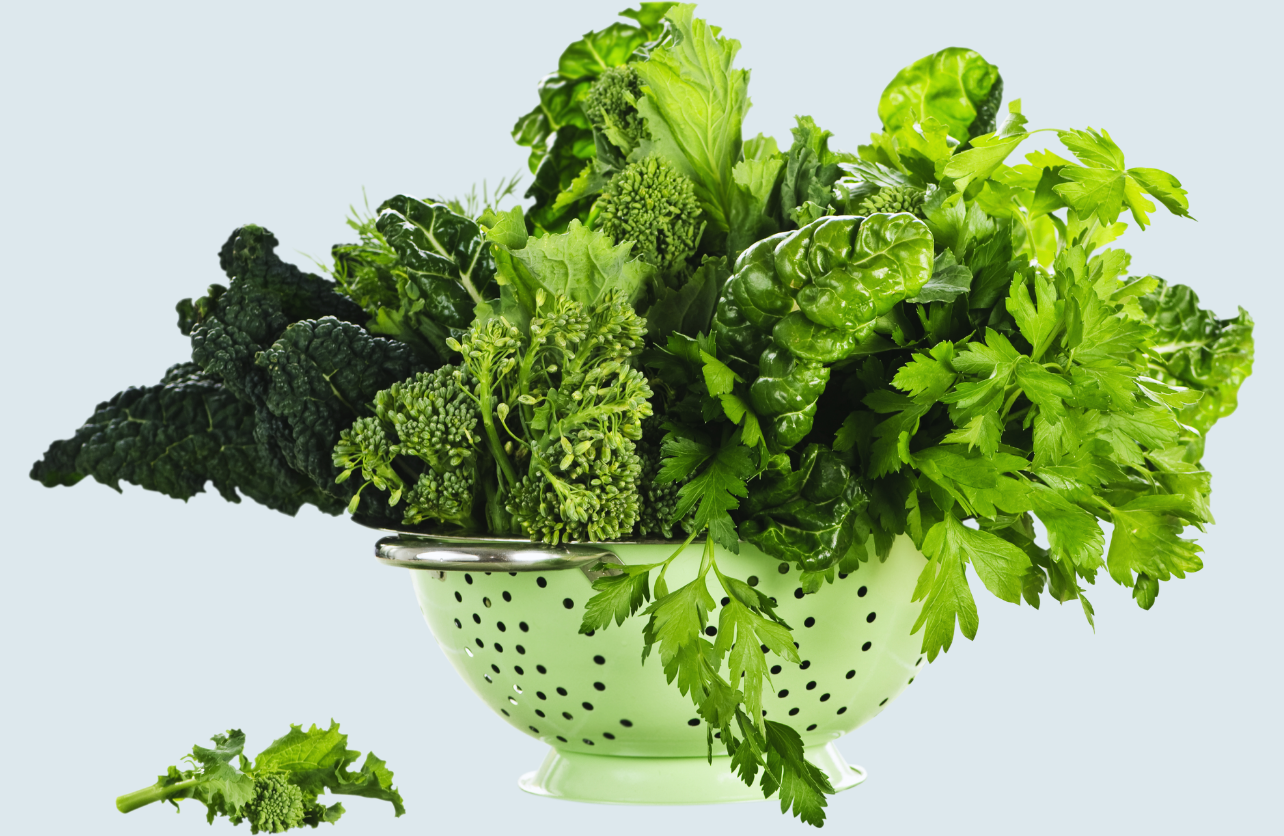
Non-starchy vegetables are naturally low in carbohydrates and high in fiber, making them excellent for sustained energy.
- Broccoli, Spinach, Kale, and Cauliflower: These leafy and cruciferous vegetables have a negligible impact on blood sugar levels but deliver plenty of essential nutrients.
- Zucchini and Carrots: While carrots have a slight natural sweetness, their fiber content keeps their GI low, especially when eaten raw.
Fruits: Sweet Without the Crash
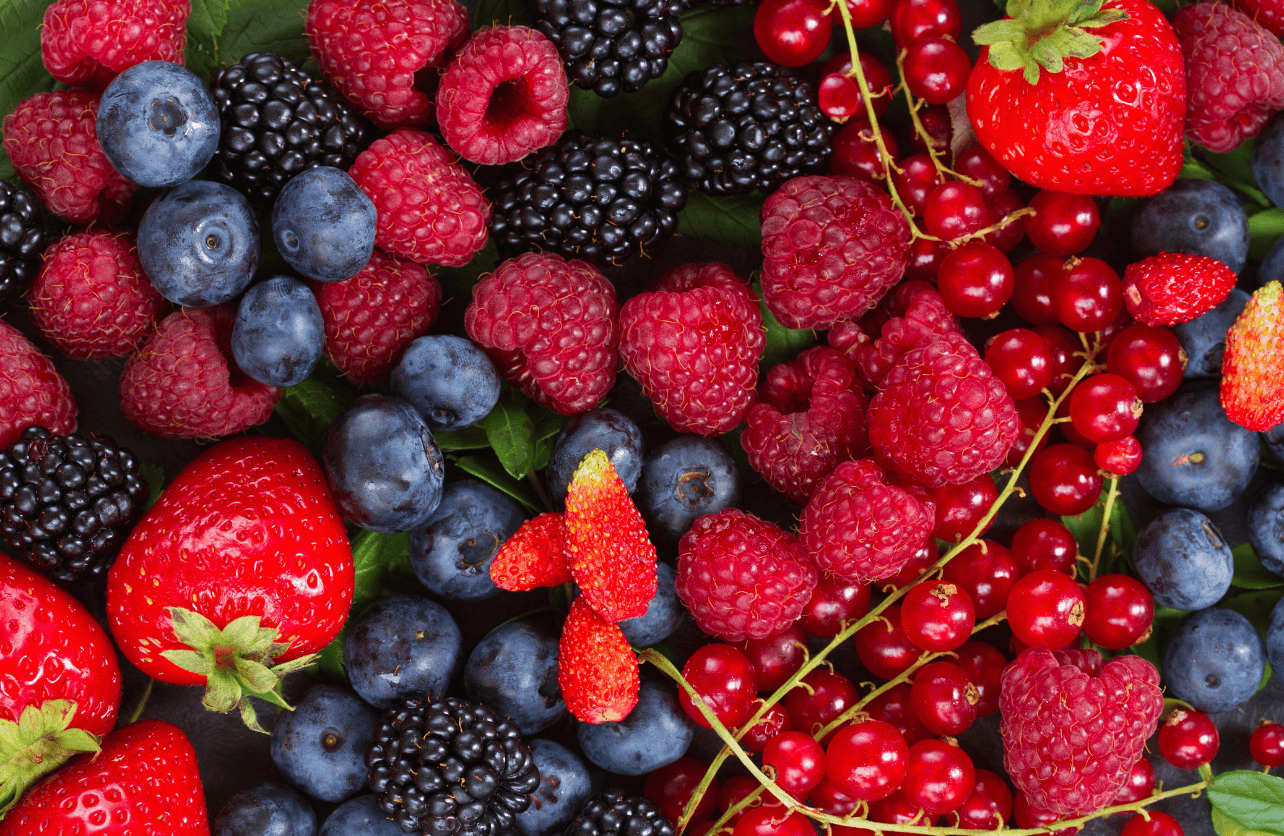
Not all fruits are created equal when it comes to blood sugar control. Some have a lower GI and are rich in fiber and antioxidants.
- Berries (Blueberries, Strawberries, Raspberries): These are among the lowest GI fruits. Their fiber content helps slow sugar absorption.
- Apples and Pears (with skin): Both fruits offer fiber and a moderate GI, making them ideal snacks for avoiding sugar crashes.
Dairy and Dairy Alternatives
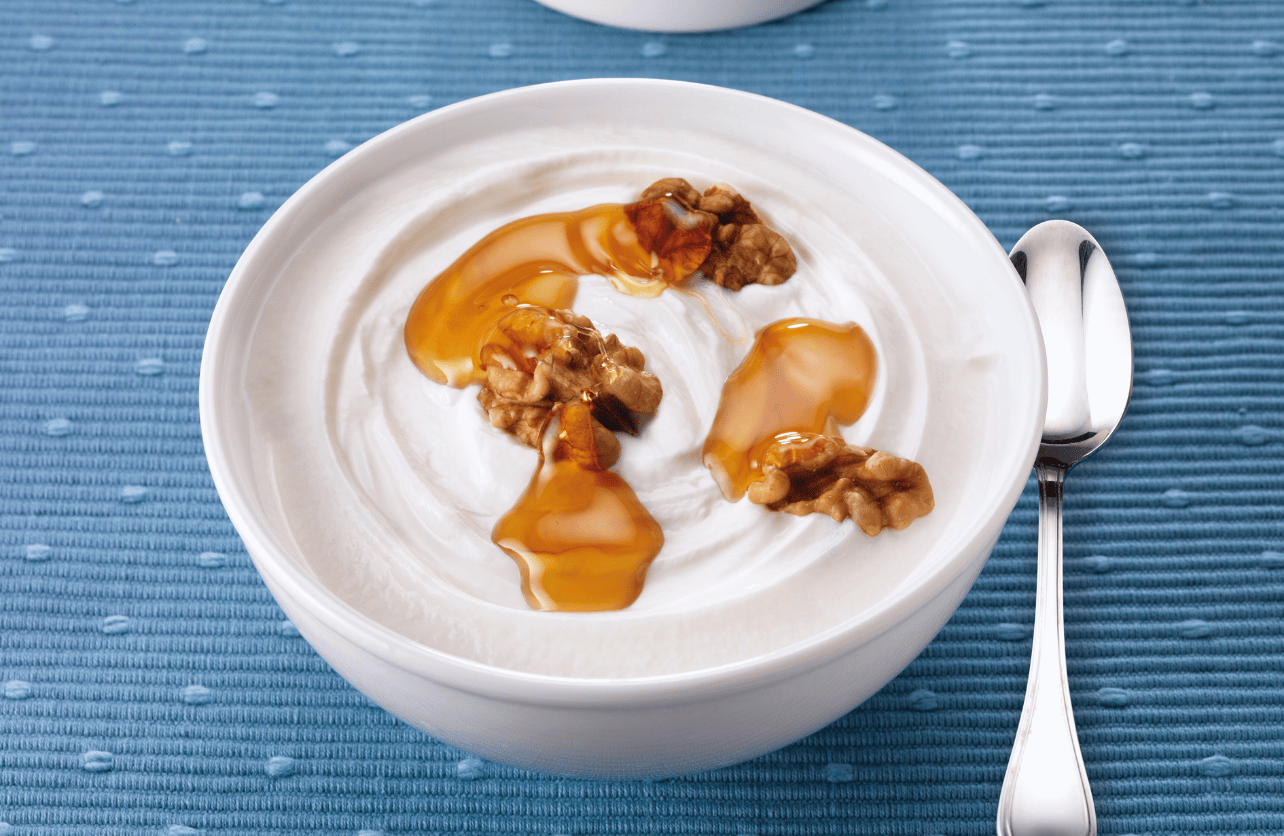
- Plain Greek Yogurt: Opt for unsweetened Greek yogurt, which has a low GI and offers added protein to further stabilize blood sugar.
- Milk and Unsweetened Plant-Based Milks: These typically have a lower GI, especially when they’re free of added sugars.
Other Smart Carb Choices
- Whole-Grain Pasta: Cooked al dente, whole-grain pasta retains more fiber and has a lower GI compared to overcooked or refined pasta.
- Brown Rice: The fiber and nutrient content in brown rice helps slow glucose absorption, though portion control is key.
- Chia Seeds and Almonds: While technically not carbs, adding seeds and nuts to meals lowers the overall GI impact by providing fiber, healthy fats, and protein.
Final Tips for Stable Energy
- Pair Carbs with Protein and Fat: Adding protein or healthy fats to your meals slows digestion and further stabilizes blood sugar.
- Watch Portion Sizes: Even low-GI foods can raise blood sugar if consumed in excess.
- Choose Whole Foods: Minimally processed foods retain their fiber and nutrients, keeping their glycemic load lower.
By prioritizing these low glycemic carb sources, you can avoid energy crashes, reduce cravings, and feel more balanced throughout your day.
Building a Stronger You
Supplement Institute is the fruit of extensive online publishing experience, spanning the breadth of SEO strategies to the nuances of paid advertisements. Our journey, marked by significant achievements and learning moments, inspires our core mission: to empower our readers with an abundance of information. By sharing insights and key learnings, we aim to provide you with the knowledge needed to navigate the complex world of supplements, helping you make well-informed decisions for your health and well-being. Welcome to Supplement Institute, where information is your greatest supplement.